Cladding Systems
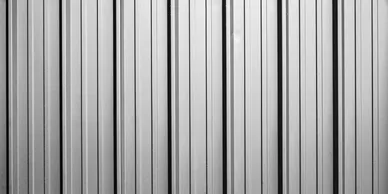
Metal Cladding (Steel)
Description: Profiled steel sheets with protective finishes (polyester, PVC, galvanised).
Applications: Agricultural, warehouses, commercial sheds.
Advantages: Cost-effective, durable, quick installation.
Limitations: Requires insulation for thermal performance.
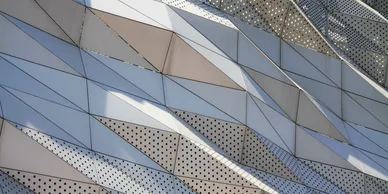
Aluminium Cladding
Description: Lightweight aluminium panels, cassettes, or extrusions.
Applications: High-rise, commercial, curtain walling.
Advantages: Lightweight, durable, modern aesthetic.
Limitations: Higher cost than uPVC.
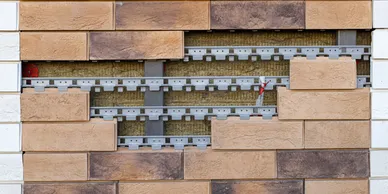
Brick Slip Cladding
Description: Thin slices of brick embedded in panels to mimic brickwork.
Applications: Low-rise residential, commercial buildings.
Advantages: Traditional aesthetic, fire-safe.
Limitations: Installation can be labour-intensive.
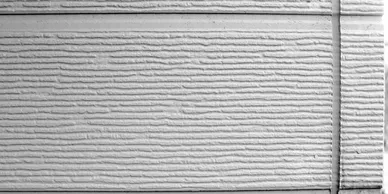
Fibre Cement Cladding
Description: Panels made from cement and fibres, often painted.
Applications: Residential and public buildings.
Advantages: Fire-safe, low maintenance.
Limitations: Requires robust substructure.

High-Pressure Laminate (HPL)
Description: Compact panels from resin-impregnated kraft paper with decorative layers.
Applications: Commercial, hospitals, schools.
Advantages: Durable, weather-resistant.
Limitations: Higher initial cost.
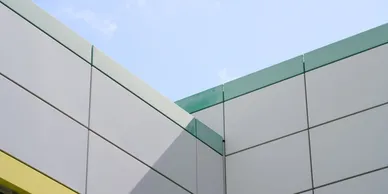
Glass Reinforced Plastic (GRP)
Description: Composite panels made from polyester reinforced with glass fibre.
Applications: Industrial, coastal, harsh environments.
Advantages: Lightweight, corrosion-resistant.
Limitations: Higher cost vs uPVC.

Timber Cladding
Description: Natural or treated timber planks, sustainably sourced.
Applications: Eco-friendly projects, residential homes.
Advantages: Warm, natural aesthetic.
Limitations: High maintenance.
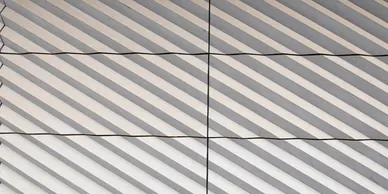
Composite Cladding
Description: Boards from recycled wood fibres and plastics.
Applications: Residential, façades, low-rise buildings.
Advantages: Eco-friendly, low maintenance.
Limitations: Lower fire resistance.
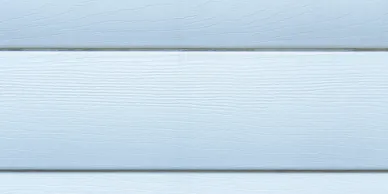
Rainscreen Cladding
Description: A ventilated cladding system with cavity behind panels.
Applications: High-rise, commercial offices, public buildings.
Advantages: Thermal efficiency, weather-resistant.
Limitations: Higher cost due to substructure.
